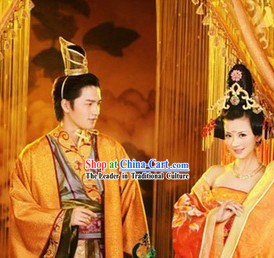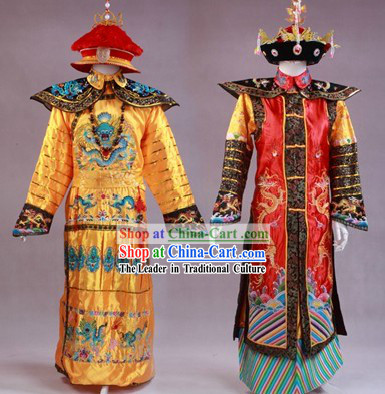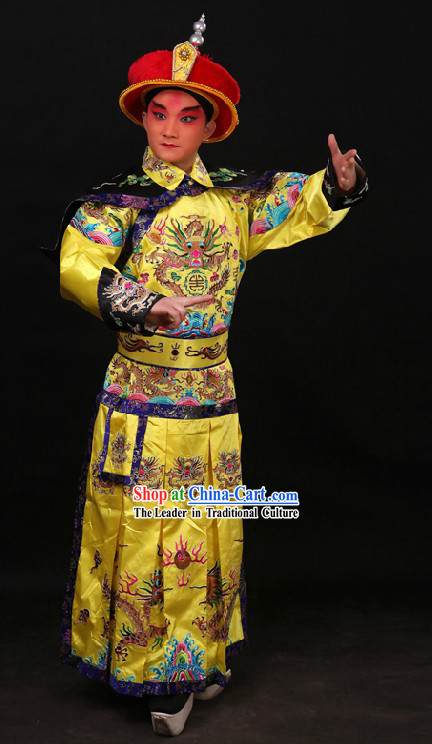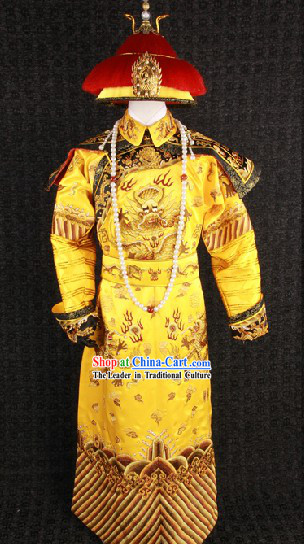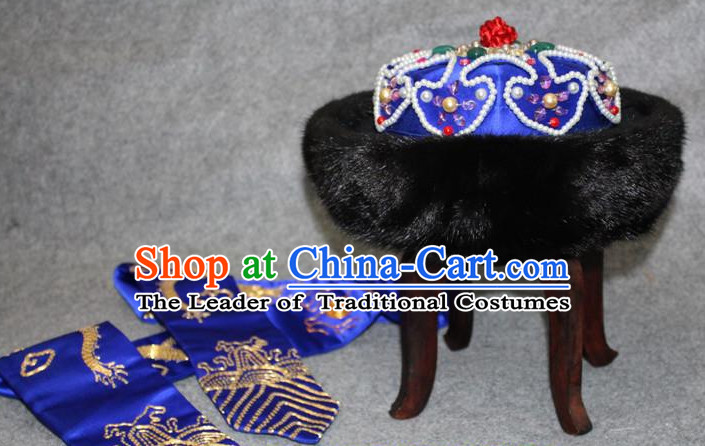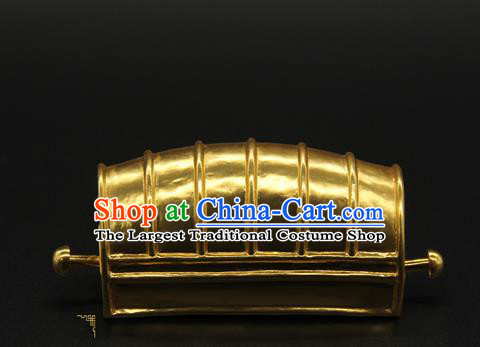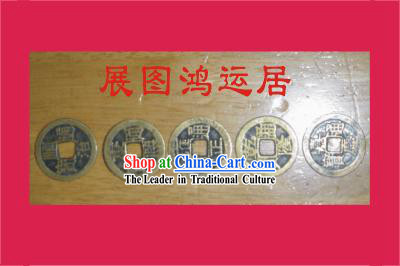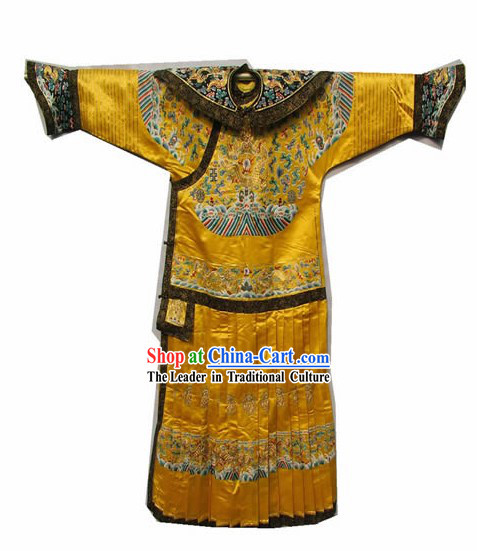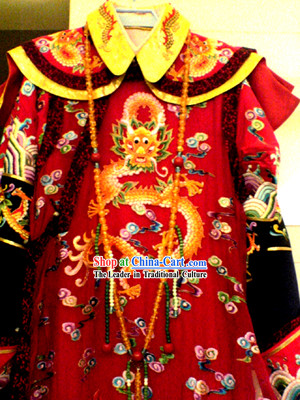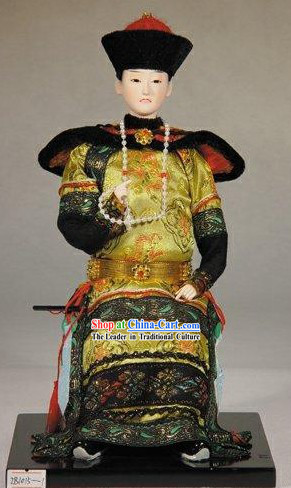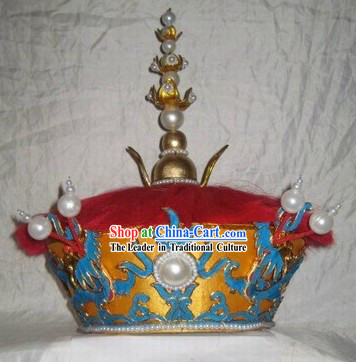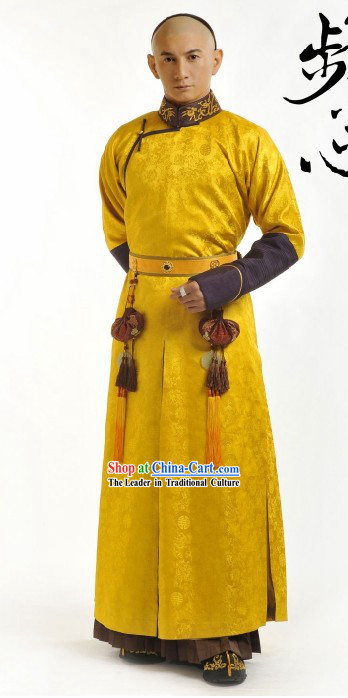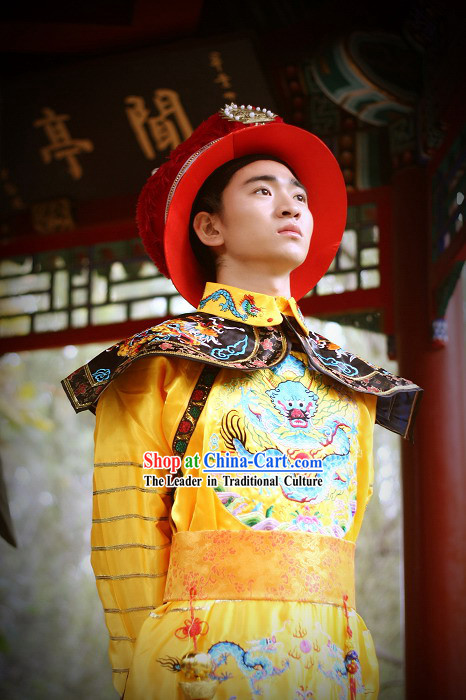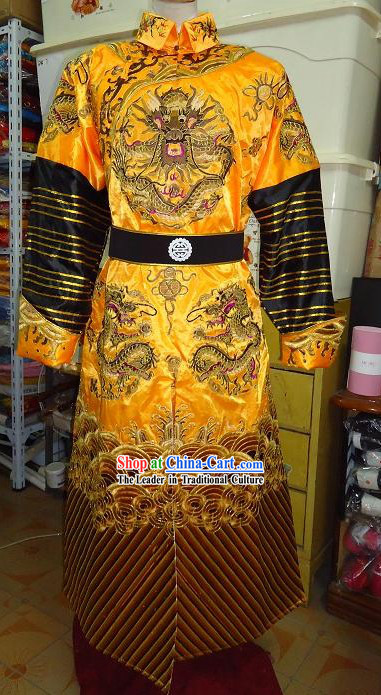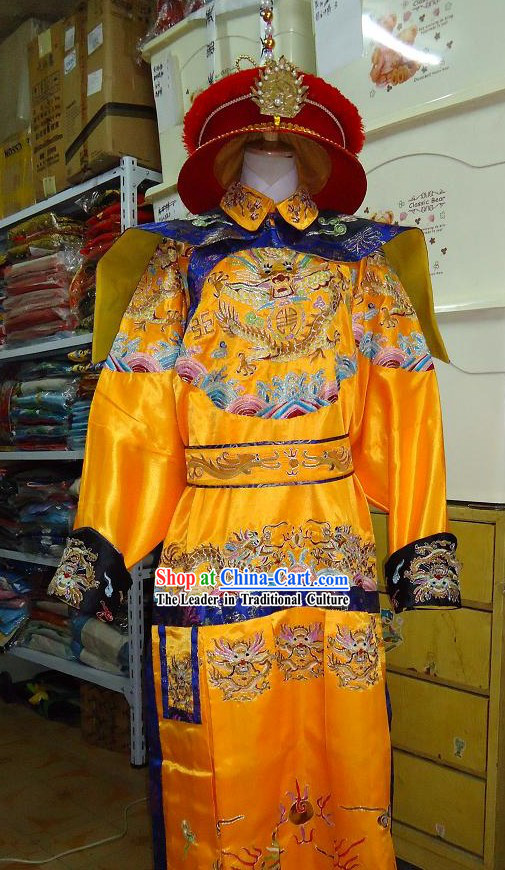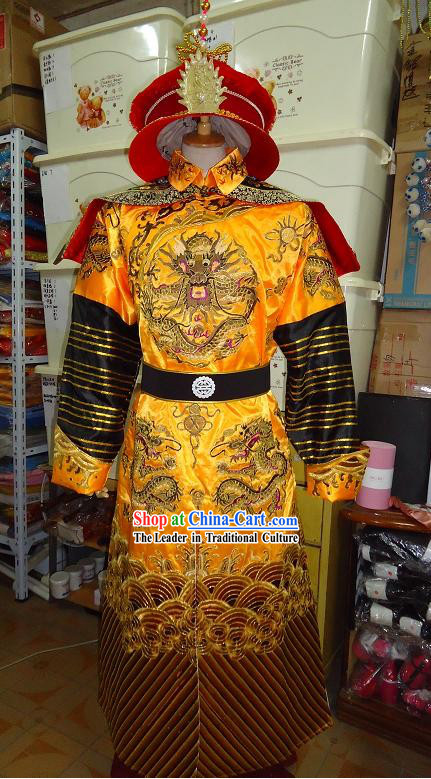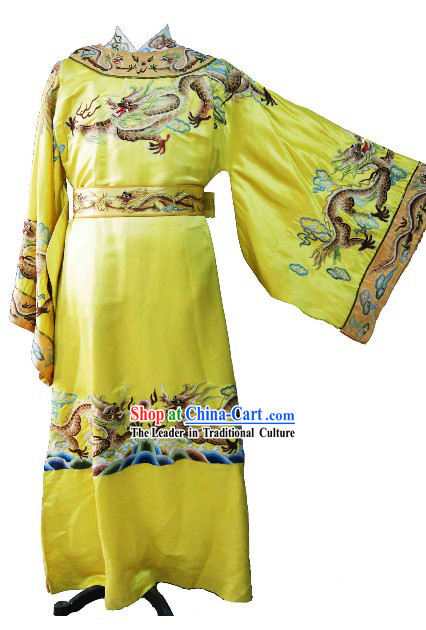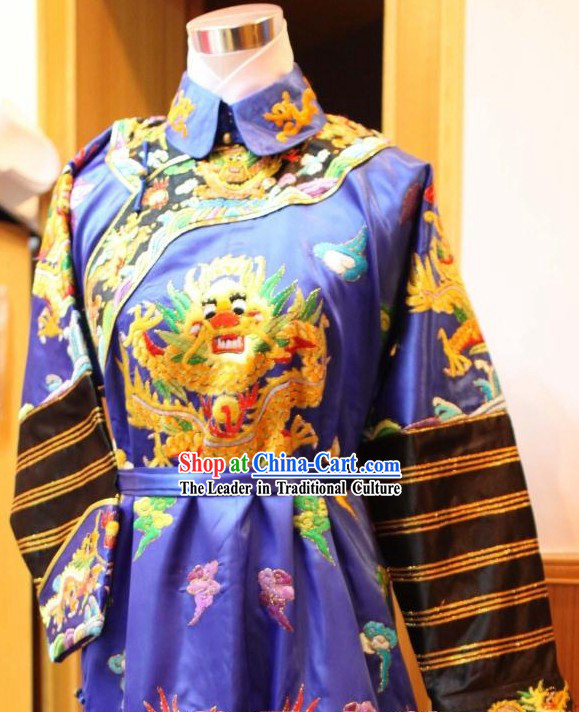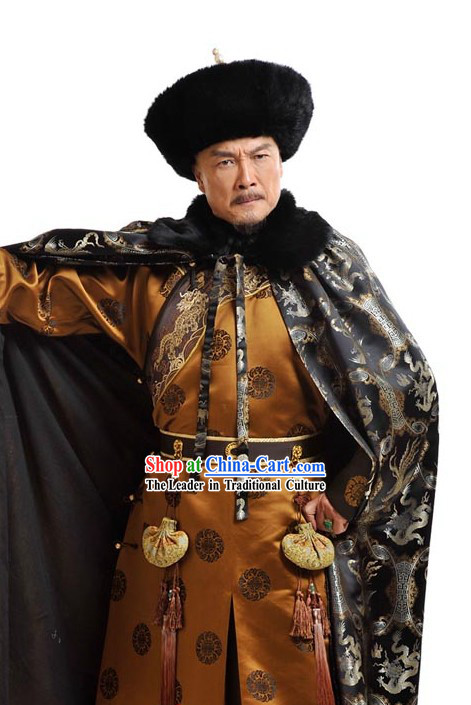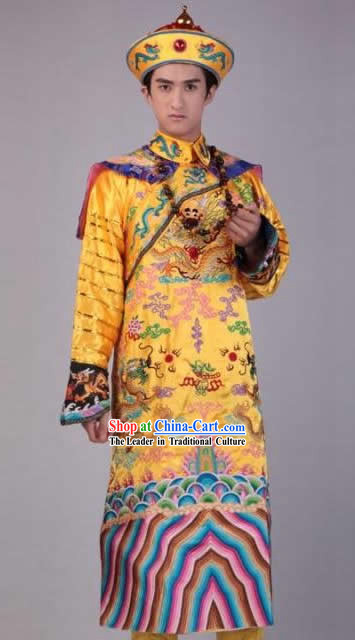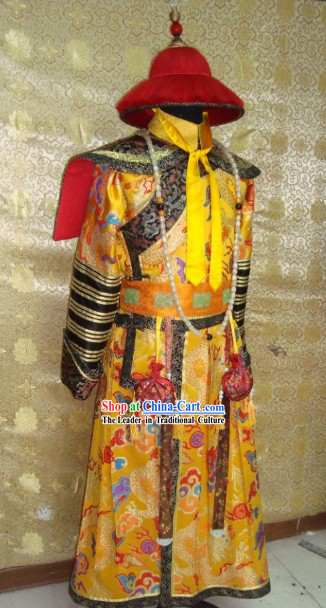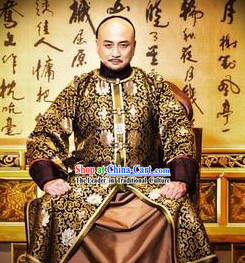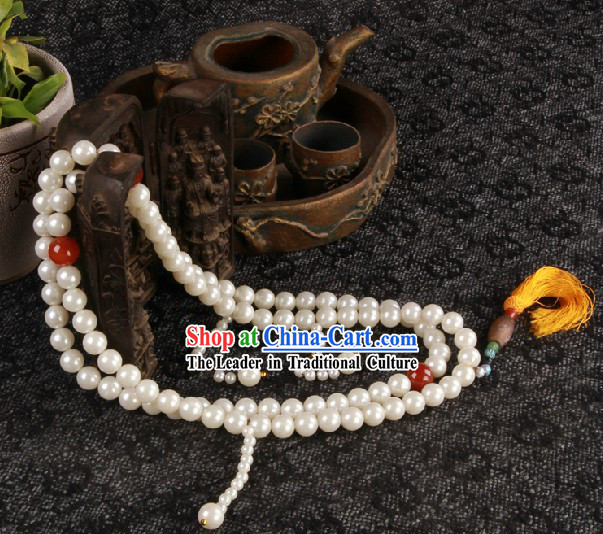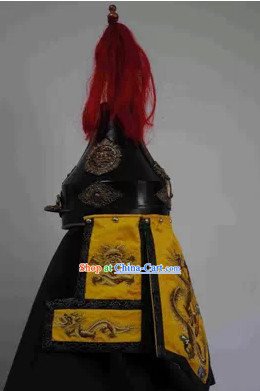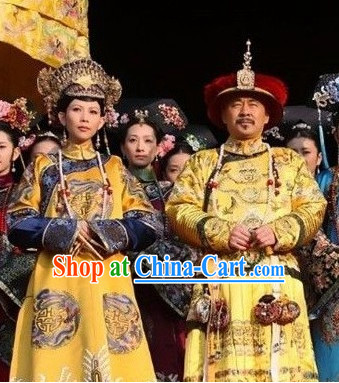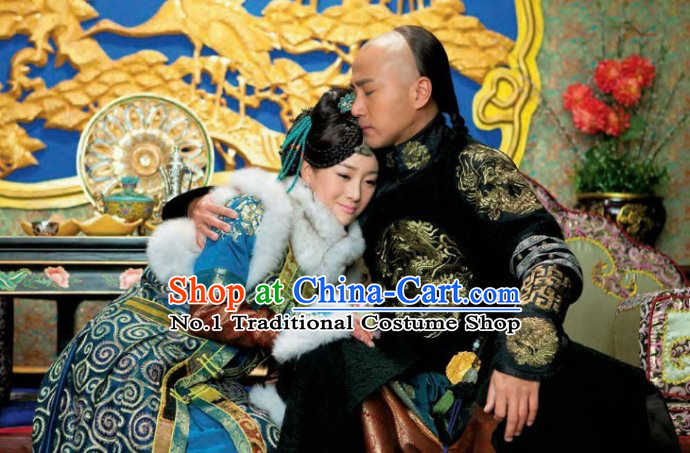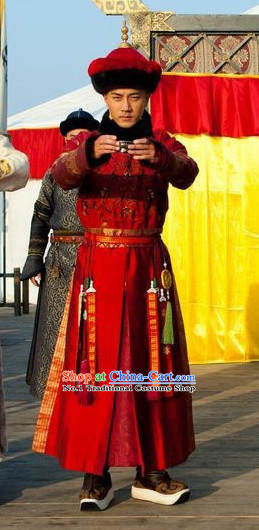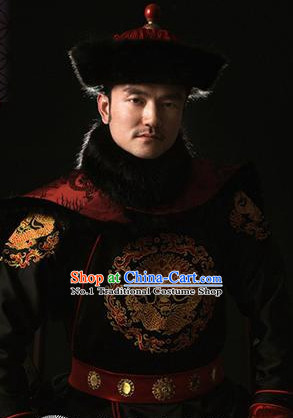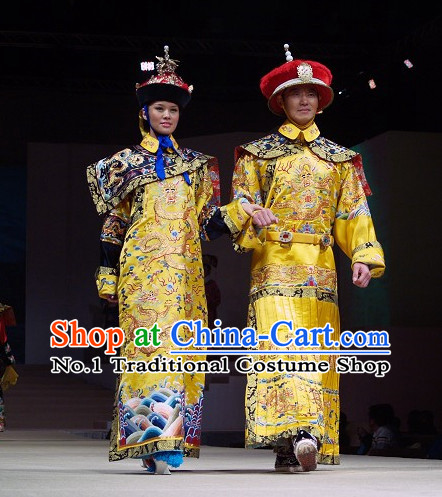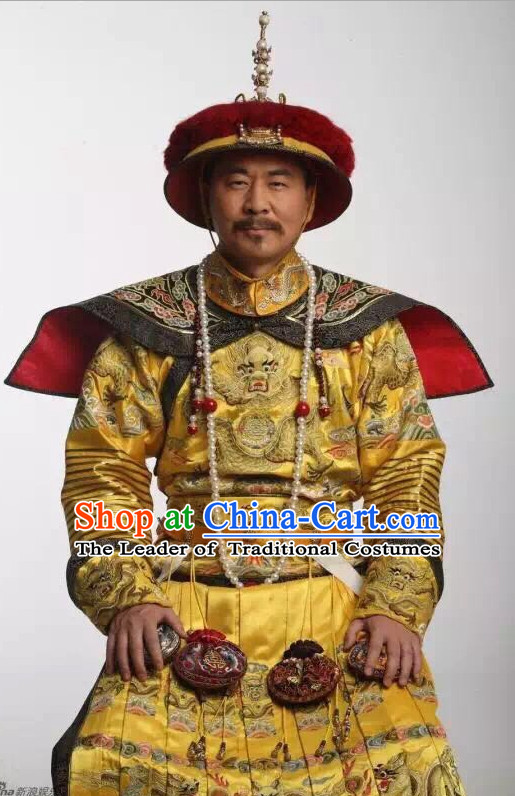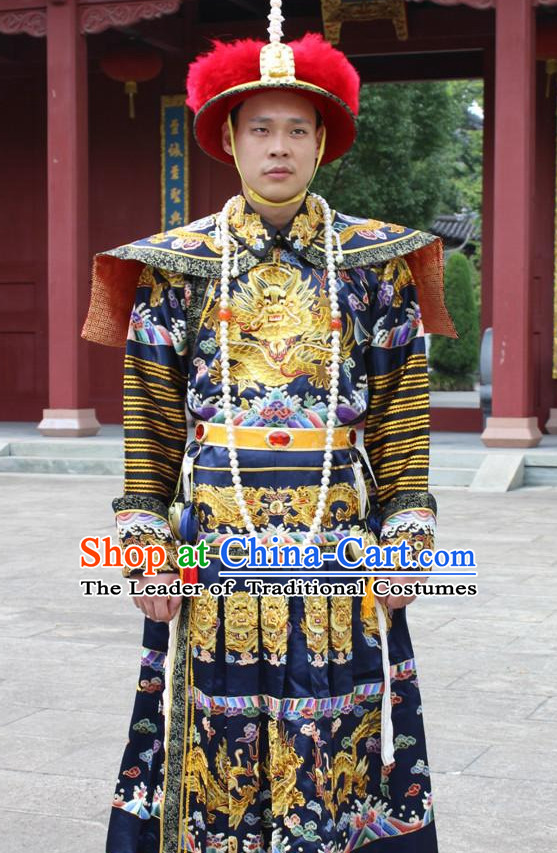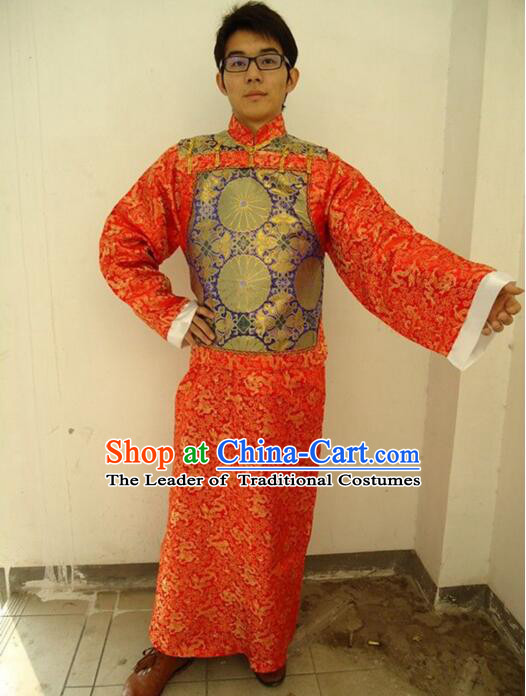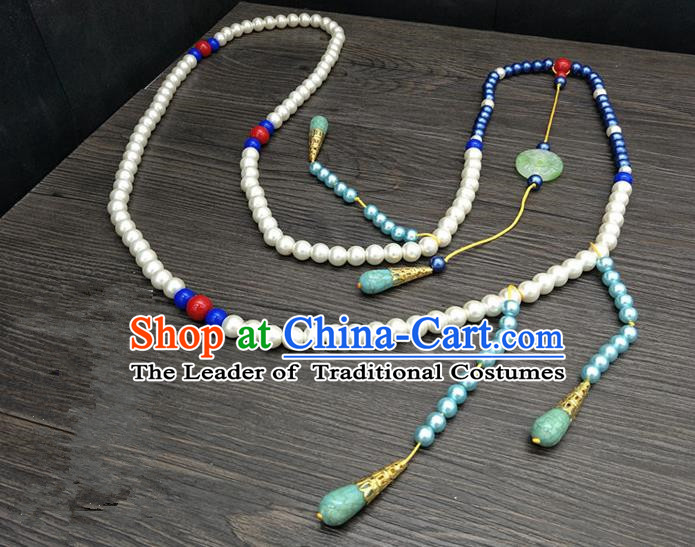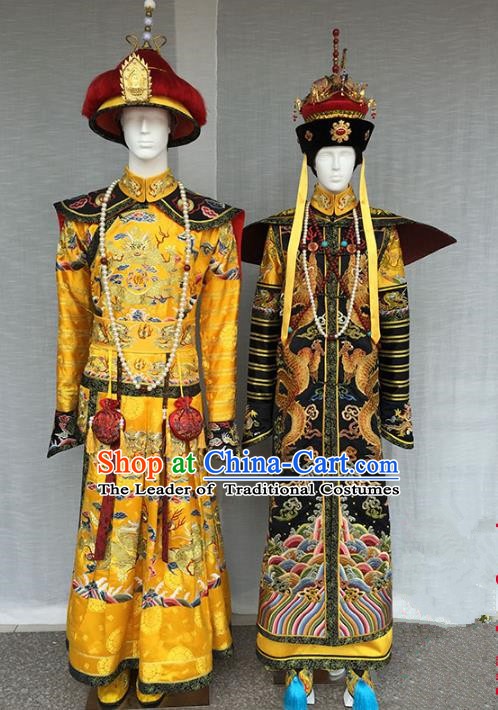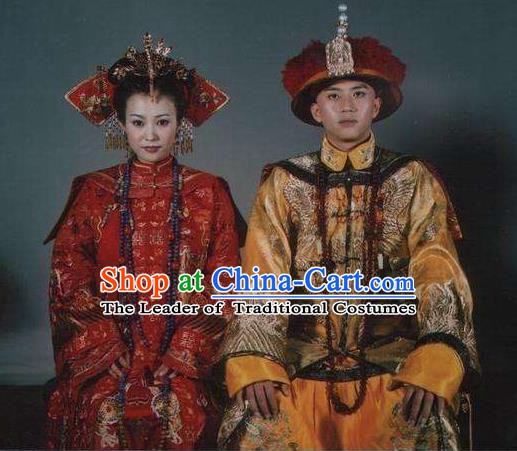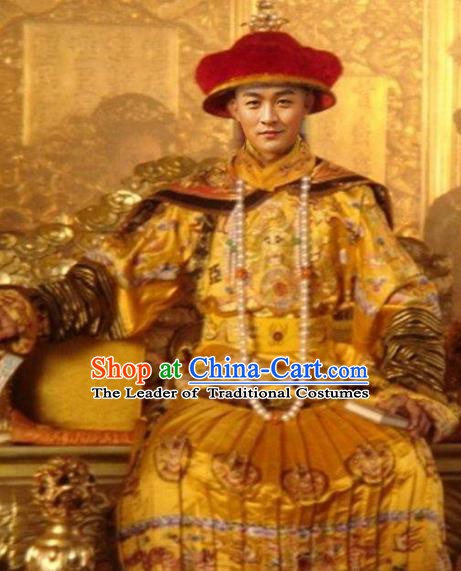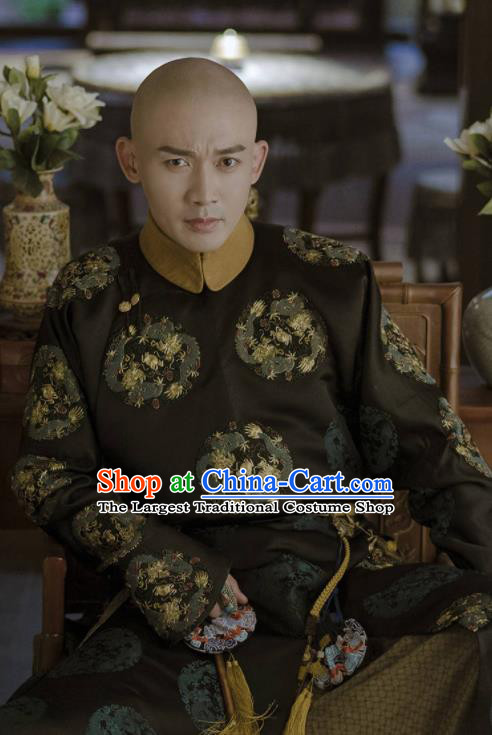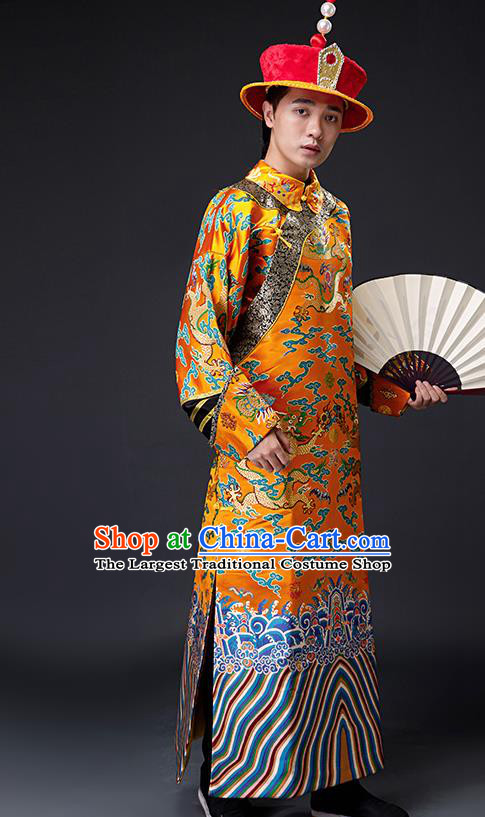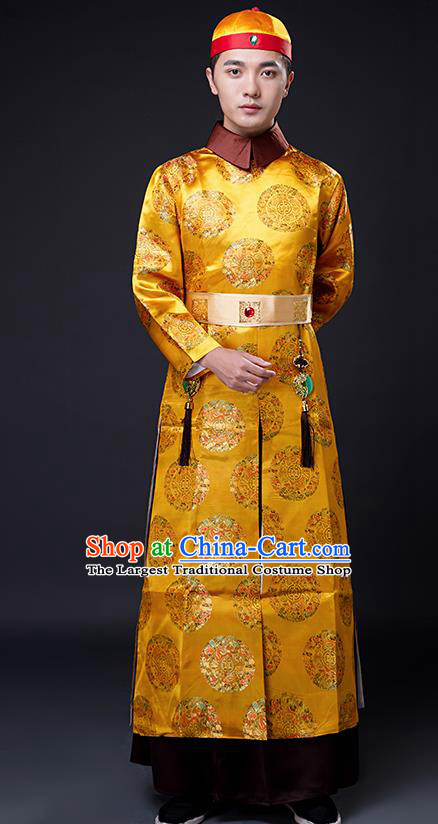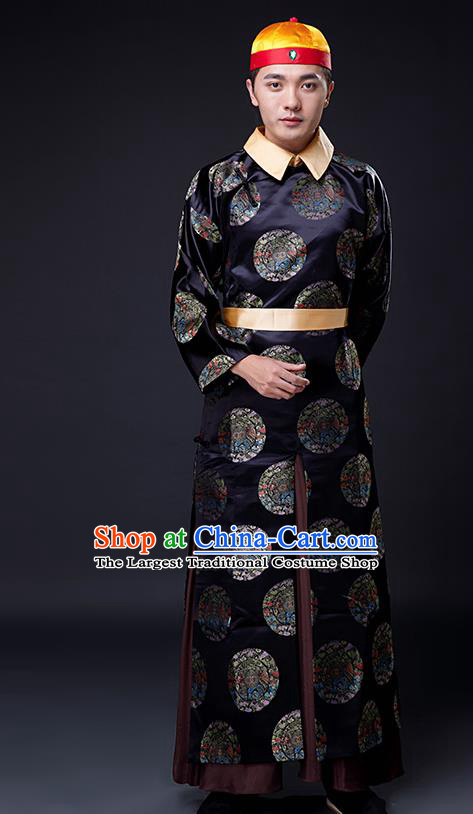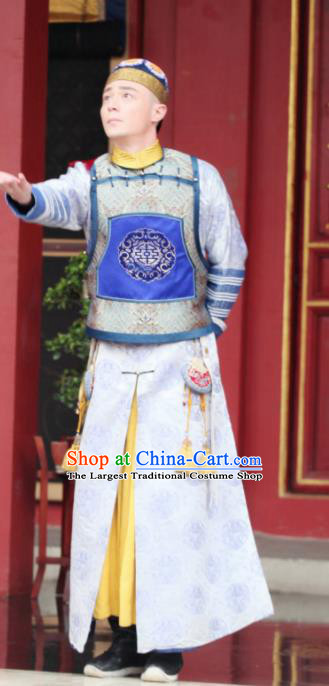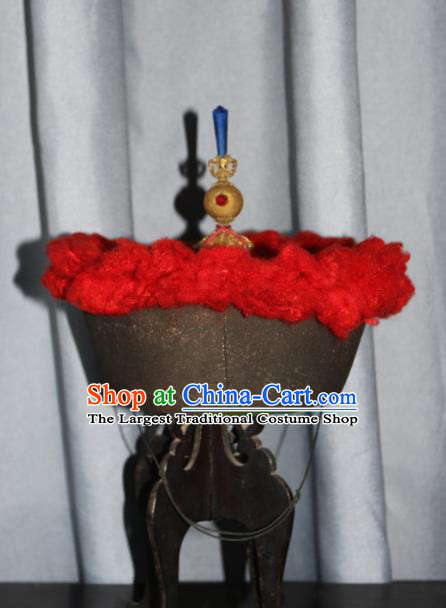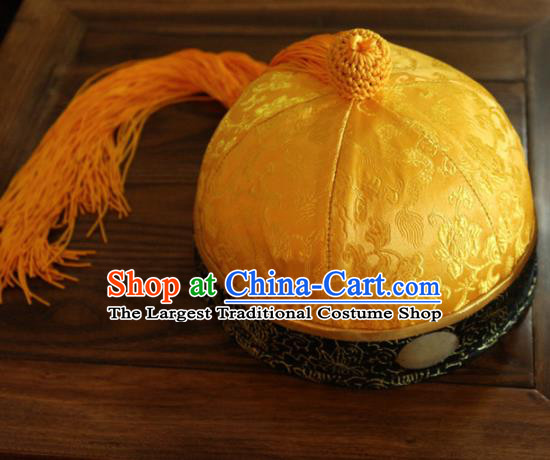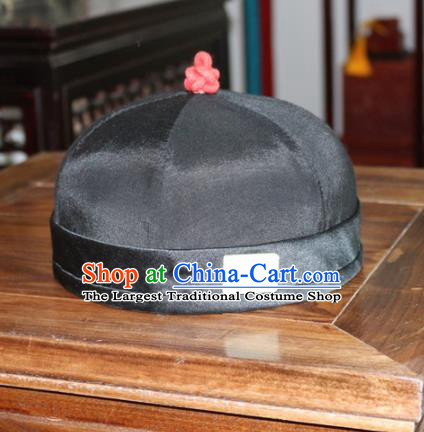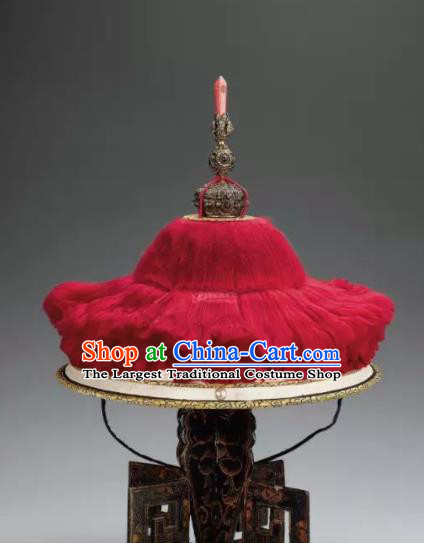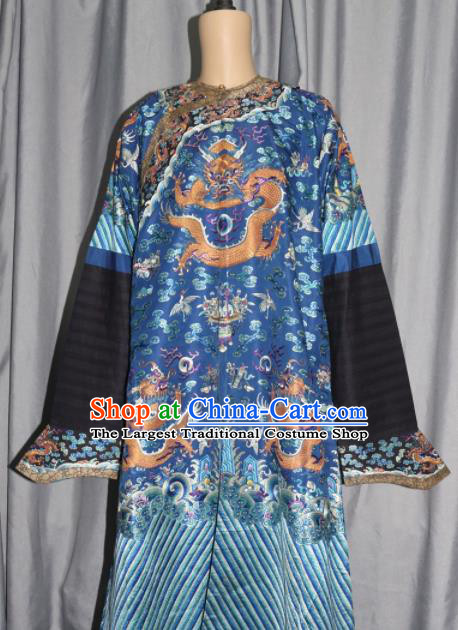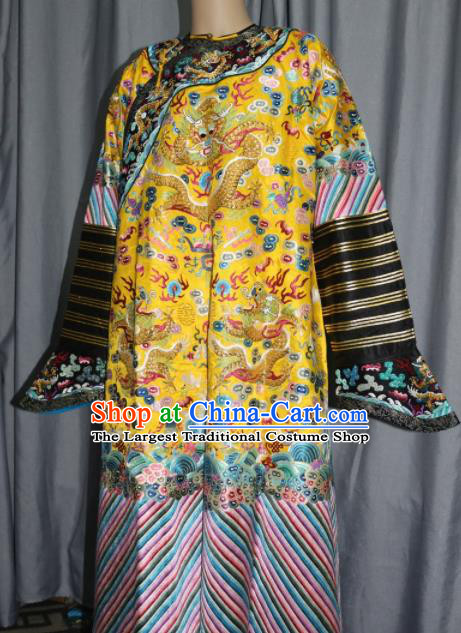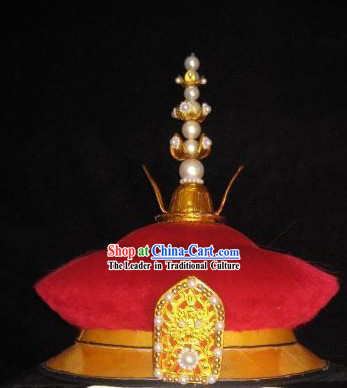
Click Related Pictures for More Audios:
This artwork is a crown worn by ancient Chinese emperors, which represents the imperial power and dignity in Chinese history.
The crown is made of red velvet and adorned with pearls and gemstones, presenting a magnificent and intricate design.
There are also golden decorations on the crown, such as the gold ball on the royal orb and the gold thread on the top of the crown.
These details all demonstrate the exquisite craftsmanship of the creator and their respect for royal etiquette.
The historical significance of the crown lies in its symbolism as a representation of the emperor's power and status.
In ancient China, the emperor was considered the son of heaven and had supreme power and authority.
The crown, as a symbol of the emperor, represented his authority and rulership.
By wearing the crown, the emperor demonstrated his majesty and nobility to the world.
In addition, the crown has cultural and historical significance.
Throughout Chinese history, the crown has been an important accessory for differentiating between people of different ranks and statuses.
The design and crafting of the crown also reflect the aesthetic concepts and technical skills of that time.
By studying the historical background of the crown, we can better understand the political, cultural, and artistic development of ancient Chinese society.
In conclusion, this artwork - the Qing Dynasty emperor's crown of ancient China - is not only a magnificent and exquisite decorative item but also an important cultural relic that carries historical significance.
It showcases the characteristics and evolution of the imperial power system in ancient China while also reflecting the aesthetic concepts and technical skills of that era.
